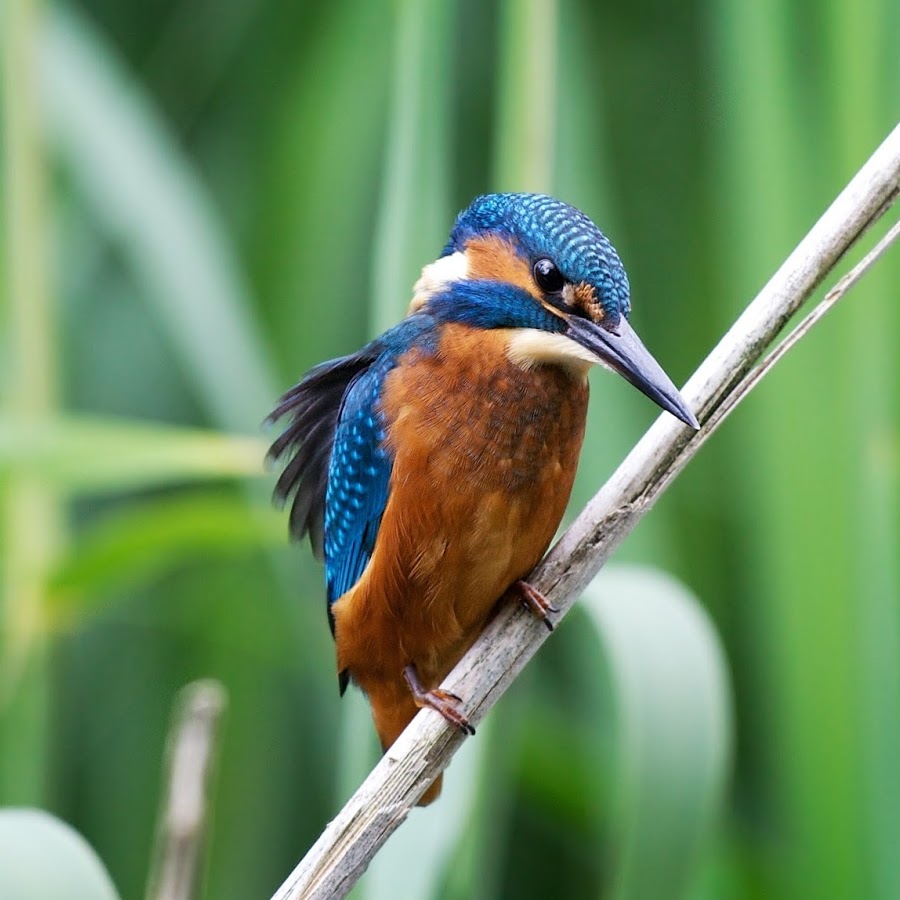Video Player is loading.
8/18
54
views •
June 25, 2017
British Wildlife - Newts

Natural World Facts
0 Followed
Welcome to another episode of Natural World Facts!
This fact file is all about British Newts in the series Reptiles and Amphibians.
All footage taken by Leo R.
There are three native newt species in the UK; smooth, palmate and great crested newts. Smooth newts are the most widespread species, common throughout the UK. They are most active around dusk and dawn, feeding on a wide variety of aquatic invertebrates. Newts are much faster in the water, with paddle-like tails to help them move quickly.
As you can see here, they move their tails side to side like fish to propel themselves.
Adult newts emerge from their overwintering sites in early spring and return to ponds to breed. Their breeding season is around April and May, at which time the male develops his crest which is absent throughout the rest of the year. In all species, the male puts on a courtship display in which he waves his crest and shows off his colours before the female. In smooth newts, the male’s colours become much more vivid in Spring while the female remains paler.
Females lay small eggs surrounded by a transparent jelly capsule on leaves of aquatic plants or folded inside leaves. Two to four weeks later, larvae will hatch out. The larvae have feathery gills around the head, distinguishing them from frog and toad tadpoles. They will soon begin to develop their front then back legs before leaving the water as efts in Summer. At this time of year, adult newts will remain in the water hunting frog tadpoles.
Their preferred habitats are weedy ponds in Spring, which provide cover and egg-laying locations on aquatic plants. However, later in the summer and in autumn, newts can be found sheltering on land under wood and rocks hunting slugs and insects. They spend the winter sheltering under rocks, in compost heaps or buried down in mud.
Natural World Facts is a channel dedicated to bringing you fascinating facts about our natural world, and the wonderful animals that we share it with.
Subscribe for more videos!
Leave a suggestion in the comments for what animal you would like to learn about next.
Show All 
Comment 0











